 | William Mitchell Gillespie - Surveying - 1868 - 530 pages
...angles are to each other as the opposite sides. THEOREM II. — In every plane triangle, the sum of two sides is to their difference as the tangent of half the sum of the angles opposite those sides is to the tangent of half their difference. THEOREM III.— In every plane triangle,... | |
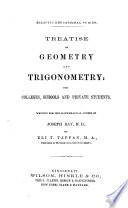 | Eli Todd Tappan - Geometry - 1868 - 444 pages
...BA-cos. A. That is, b = a cos. C -J- e cos. A. 869. Theorem — The sum of any two sid.es of a triangle is to their difference as the tangent of half the sum of the two opposite angles is to the tangent of half their difference. By Art. 867, a : b : : sin. A : sin.... | |
 | Boston (Mass.). School Committee - Boston (Mass.) - 1868 - 508 pages
...and cosecant. 2. Demonstrate that, in any triangle, the sum of the two sides containing either angle, is to their difference, as the tangent of half the sum of the two other angles, to the tangent of half their difference. 3. Given two sides and an opposite angle,... | |
 | New-York Institution for the Instruction of the Deaf and Dumb - Deaf - 1869 - 698 pages
...£(CB); whence we have the principle. When two sides and their included angles are given : The sum of the two sides is to their difference as the tangent of half the sum of the other two angles is to the tangent of half their difference. This young man also worked out a problem... | |
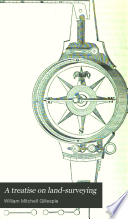 | William Mitchell Gillespie - Surveying - 1869 - 550 pages
...to each other at the opposite sides. THEOREM EL — In every plane triangle, the turn of two tides is to their difference as the tangent of half the sum of the angles opposite those sides is to the tangent of half their difference. THEOREM III. — In every plane triangle,... | |
 | Boston (Mass.). City Council - Boston (Mass.) - 1869 - 1192 pages
...and cosecant. 2. Demonstrate that, in any triangle, the sum of the two sides containing either angle, is to their difference, as the tangent of half the sum of the two other angles, to the tangent of half their difference. 8. Given two sides and an opposite angle,... | |
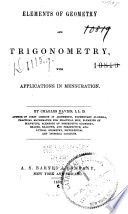 | Charles Davies - Geometry - 1870 - 392 pages
...0 : sin B. Theorems. THEOREM II. In any triangle, the sum of the two sides containing either angle, is to their difference, as the tangent of half the sum of the two other angles, to the tangent of half their difference. Let ACB be a triangle: then will AB + AC:... | |
 | New-York Institution for the Instruction of the Deaf and Dumb - Deaf - 1871 - 370 pages
...(CB); whence we have the principle. When two sides and their included angles are given : The sum of the two sides is to their difference as the tangent of half the sum of the other two angles is to the tangent of half their difference. This young man also worked out a problem... | |
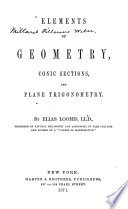 | Elias Loomis - Geometry - 1871 - 302 pages
...^(A+B) . sin. A-sin. B~sin. ^(AB) cos- ^(A+B)~tang. ^(AB) ' that is, The sum of the sines of two arcs is to their difference, as the tangent of half the sum of those arcs is to the tangent of half their difference. COS f*fvt Dividing formula (3) by (4), and considering... | |
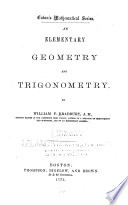 | William Frothingham Bradbury - Geometry - 1872 - 262 pages
...each other, have the same sine, and BD = a sin. BCD = a sin. C (41) B 102. In any plane triangle, the sum of any two sides is to their difference, as the tangent of half the sum of the opposite angles is to the tangent of half their difference. Let ABC (Art. 103) be a plane triangle... | |
| |